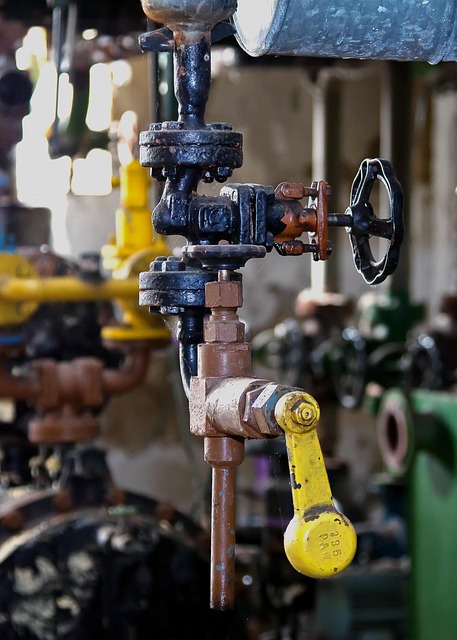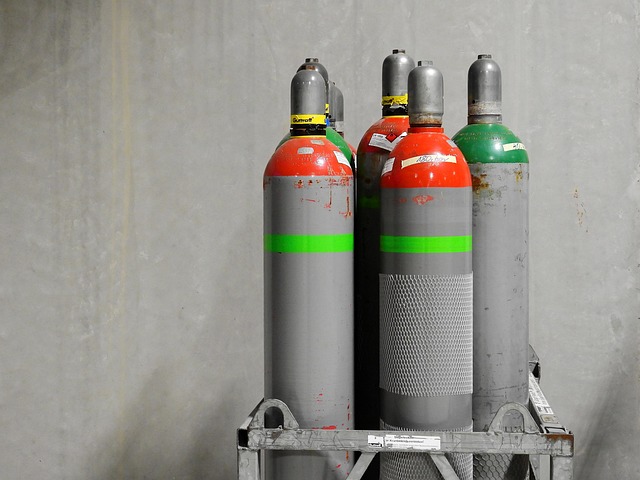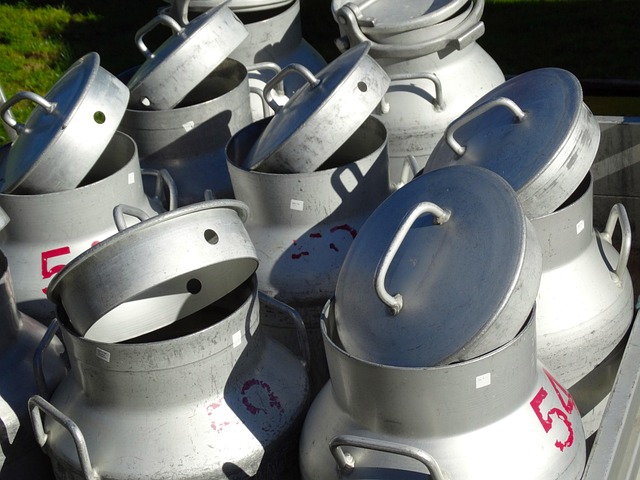Boilers maintain optimal pressure (1-3 bars) for heating and hot water. Low pressure (below normal range) indicates potential issues like leaks or blockages. Regular maintenance, including leak checks and flushing, stabilizes boiler pressure. Persistent low pressure requires professional diagnosis to prevent damage and warranty voiding. Balanced fuel-to-water ratios optimize performance in cold climates. Close monitoring of pressure gauge readings helps identify faulty valves or elements. Prompt action is crucial for addressing low or fluctuating boiler pressure.
Preventing boiler damage from low pressure is crucial for maintaining efficient heating systems. This article guides you through a comprehensive strategy to tackle this common issue. First, understand the dynamics of boiler pressure and its normal range. Next, identify causes like leaks, poor combustion, or system corrosion. Regular maintenance checks, including inspections and adjustments, are vital. Optimize fuel-water balance and implement safety precautions such as pressure relief valves to safeguard your boiler from potential damage caused by low pressure problems.
- Understand Boiler Pressure Dynamics
- Identify Low Pressure Causes
- Regular Maintenance Checks
- Optimize Fuel and Water Balance
- Implement Safety Precautions
Understand Boiler Pressure Dynamics

Boilers operate by maintaining a specific level of pressure within their systems to facilitate efficient heating and hot water production. Understanding how this pressure functions is key to recognizing and preventing potential issues, such as low boiler pressure build-up. The ideal pressure should be set according to the manufacturer’s instructions, typically ranging from 1 to 3 bars for most residential boilers. Any deviation from this range can indicate a problem, with low pressure being a common concern.
Regularly monitoring your boiler’s pressure is an essential step in preventing boiler damage caused by pressure-related issues. If you notice consistent low pressure, it could be due to leaks or blockages within the system. Boiler pressure problem troubleshooting should begin with checking for any visible signs of water accumulation outside the boiler or on the floor below, which might indicate a leak. Additionally, inspecting the boiler’s internal components for debris or corrosion can help identify potential causes of reduced pressure, including boiler pressure issues and possible leaks.
Identify Low Pressure Causes

Identifying the root cause of a boiler pressure problem is the first step in preventing damage. Low pressure can be caused by various factors, including leaks in the system, faulty valves or gaskets, air in the system, or even a buildup of sediment in the boiler. Understanding what causes sudden drops in boiler pressure is crucial for effective troubleshooting.
If you notice consistent low pressure, it might be due to normal operation, especially if your boiler is older and designed to maintain lower pressures. However, abrupt changes could indicate more serious issues, such as an uncontrolled release of steam or air entering the system through corroded components. How to stabilize boiler pressure naturally involves regular maintenance, including checking for leaks, ensuring proper sealing, and flushing out any accumulated debris or mineral deposits that can disrupt water flow and cause pressure fluctuations.
Regular Maintenance Checks

Regular maintenance checks are essential for preventing boiler damage from low pressure issues. By scheduling routine inspections, homeowners can catch potential problems early on before they turn into costly repairs or even complete boiler failures. During these checks, it’s crucial to verify that all safety valves and pressure relief mechanisms are functioning correctly. Boilers with persistent low pressure problems may have leaks in their systems, which could be causing a drop in pressure. Understanding boiler pressure control is key; knowing how to read pressure gauges and identifying anomalies can help in diagnosing the root cause of the issue.
If you suspect or encounter any boiler pressure issues, don’t ignore them. Prompt action is vital to prevent further damage. While some basic troubleshooting steps, like checking for air in the system or cleaning heat exchangers, can be attempted by homeowners using online resources and DIY guides, complex problems often require professional intervention. Remember that fixing low boiler pressure without a professional could lead to unsafe conditions and may void warranties.
Optimize Fuel and Water Balance

Boiler pressure problems can be exacerbated by an imbalanced fuel-to-water ratio. To optimize this balance, ensure that both fuel and water levels are carefully monitored and adjusted. The correct fuel-to-water ratio is crucial for maintaining steady boiler pressure, especially in regions with cold climates where low boiler pressure causes significant disruptions. By ensuring the right balance, you can prevent sudden drops in pressure that lead to reduced heating performance or hot water availability.
Regularly check and maintain your boiler’s pressure gauge to stay on top of any fluctuations. If you notice a persistent low boiler pressure, investigate potential causes such as leaks or incorrect settings. Addressing these issues promptly not only prevents damage to the boiler but also ensures optimal efficiency during cold seasons when boiler pressure problems are more prevalent.
Implement Safety Precautions

Preventing boiler damage from low pressure begins with implementing robust safety precautions. It’s crucial to regularly inspect and maintain your boiler system, ensuring all components are in good working order. This includes checking for any leaks or blockages that could disrupt the normal flow of water and cause a drop in pressure. Comparing normal vs low boiler pressure is essential; a pressure gauge reading low can indicate problems such as a faulty pressure relief valve or an issue with the heating elements, leading to boiler pressure problems.
Regular maintenance also involves checking the state of your insulation and sealing any gaps that could allow heat loss, thereby improving energy efficiency. Boiler pressure gauge readings should be monitored closely; if they consistently remain low, it’s important to address the issue promptly to avoid further damage. This may involve calling in a professional to diagnose and fix any underlying boiler pressure problems, ensuring your system operates safely and efficiently.
Preventing boiler damage from low pressure involves a multi-faceted approach. By understanding the dynamics of boiler pressure, identifying common causes like leaks or incorrect fuel-water balance, conducting regular maintenance checks, and implementing safety precautions, you can keep your boiler running smoothly and efficiently. These proactive measures not only avert costly repairs but also ensure optimal performance and safety, addressing the root cause of any potential boiler pressure problem.
